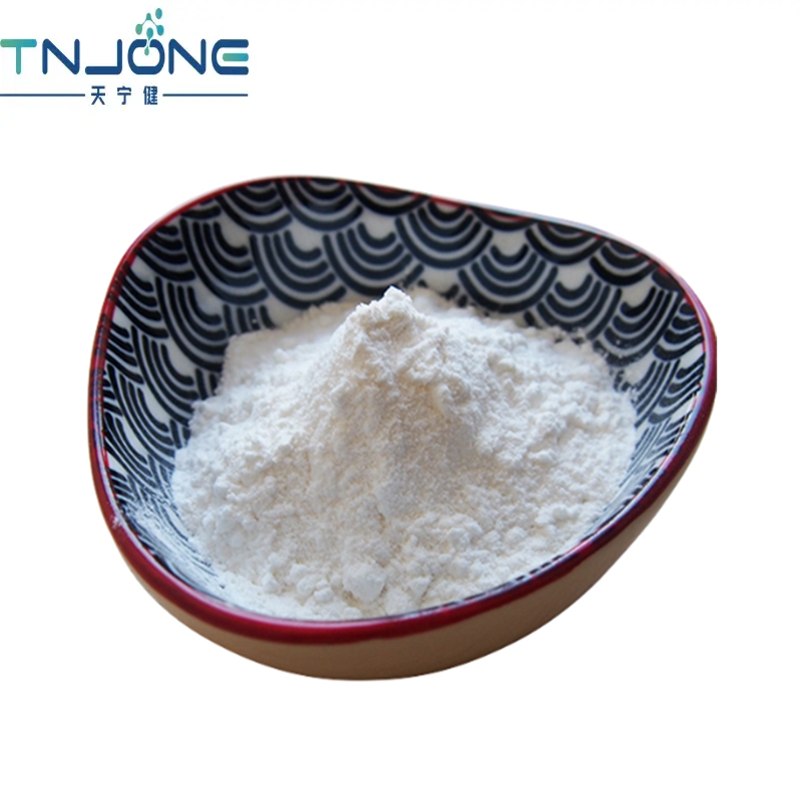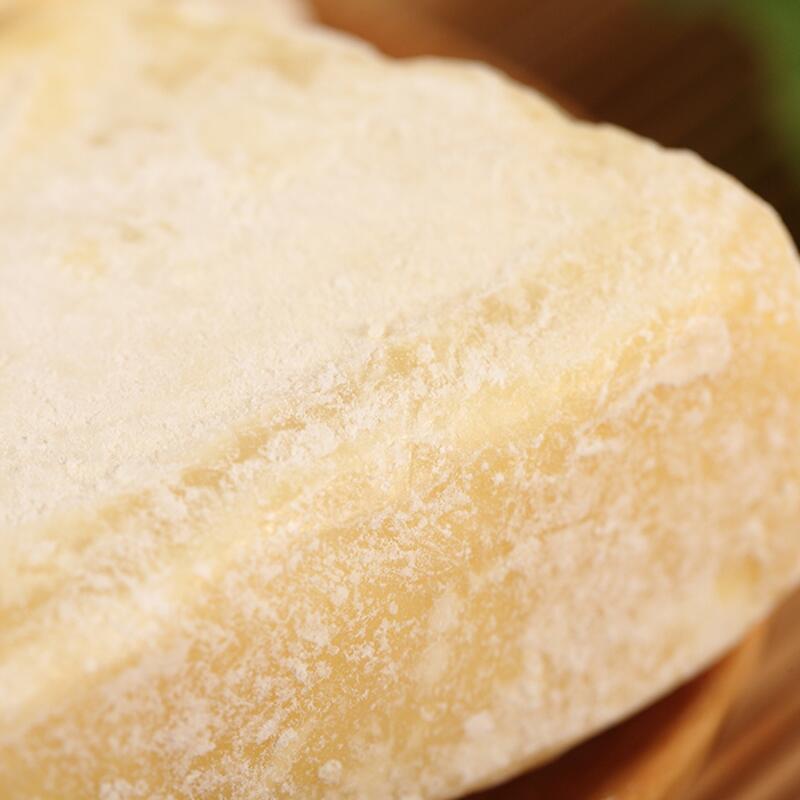-
Categories
-
Pharmaceutical Intermediates
-
Active Pharmaceutical Ingredients
-
Food Additives
- Industrial Coatings
- Agrochemicals
- Dyes and Pigments
- Surfactant
- Flavors and Fragrances
- Chemical Reagents
- Catalyst and Auxiliary
- Natural Products
- Inorganic Chemistry
-
Organic Chemistry
-
Biochemical Engineering
- Analytical Chemistry
-
Cosmetic Ingredient
- Water Treatment Chemical
-
Pharmaceutical Intermediates
Promotion
ECHEMI Mall
Wholesale
Weekly Price
Exhibition
News
-
Trade Service
based on Steinernema carpocapsae, will be launched in Brazil.
According to reports, the product is mainly used for the prevention and control of sugarcane weevil (Sphenophorus levis).
Marcelino Borges de Brito, Agricultural Development Coordinator at Koppert Brazil, explains: "We call Terranem 'beneficial nematode' because it controls the sugar cane weevil, an important pest in sugar cane fields, sustainably and efficiently, without threatening the plantation environment"
.
.
Koppert said Terranem included "high technology" in its formulations, providing "ideal conditions" for the control of nematodes and excellent agronomic suitability in the field
.
Studies have shown that Terranem's application works very well, significantly reducing the number of pests, thereby reducing the proportion of stalks that are infested, making it an effective solution for the control of this severely harmful sugarcane pest"
.
.
Studies have shown that Terranem's application works very well, significantly reducing the number of pests, thereby reducing the proportion of stalks that are infested, making it an effective solution for the control of this severely harmful sugarcane pest"
.
Currently, the pest that causes the most damage to Brazil's sugarcane production potential is the sugarcane weevil
, according to the Brazilian National Bioenergy Alliance (UDOP).
It is estimated that for every 1% of stalks attacked by pests, sugarcane yields drop by about 1.
6 tonnes/ha
.
Insect larvae feed on the base of the stalk, which is opened into a circular longitudinal aperture, destroying the entire internal structure until the adult stage
.
, according to the Brazilian National Bioenergy Alliance (UDOP).
It is estimated that for every 1% of stalks attacked by pests, sugarcane yields drop by about 1.
6 tonnes/ha
.
Insect larvae feed on the base of the stalk, which is opened into a circular longitudinal aperture, destroying the entire internal structure until the adult stage
.
The continued infestation of sugarcane weevils in the rhizome zone and the resulting reduction in cultivation have resulted in cumulative losses from reduced sugarcane yields, forcing early harvesting in the sugarcane fields, which often also makes it impossible to carry out a second harvest
later.
Koppert said controlling the pest is often very difficult and requires producers to adopt different strategies
.
later.
Koppert said controlling the pest is often very difficult and requires producers to adopt different strategies
.
Terranem has other auxiliary effects
, in addition to being very effective in controlling sugarcane weevils.
Mainly because nematodes release bacteria through the pest's natural orifices, converting host tissue into a food source
.
As a result, nematodes feed, develop, and reproduce in insects, causing insects to die
within hours.
When insects are degraded, they become a special substance that causes the death
of other pests when they come into contact with plants when they eat.
, in addition to being very effective in controlling sugarcane weevils.
Mainly because nematodes release bacteria through the pest's natural orifices, converting host tissue into a food source
.
As a result, nematodes feed, develop, and reproduce in insects, causing insects to die
within hours.
When insects are degraded, they become a special substance that causes the death
of other pests when they come into contact with plants when they eat.







